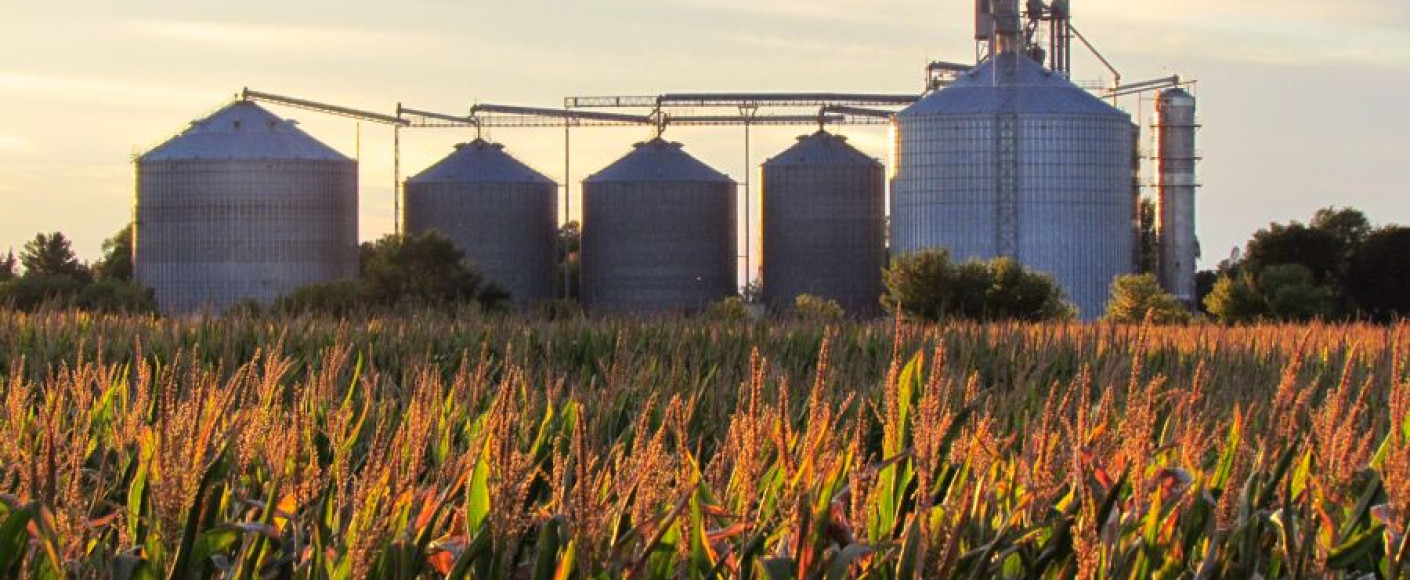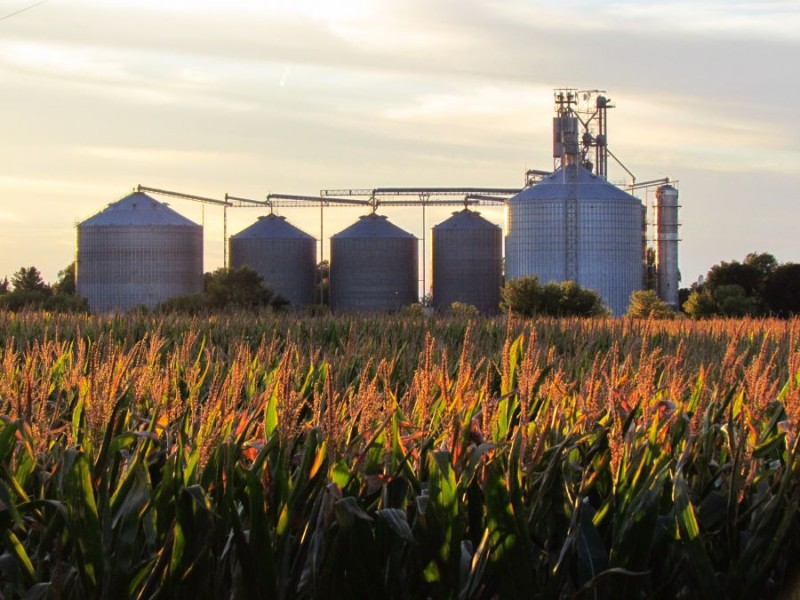Fun Facts About Harvest in Kansas
Chances are you’re familiar with common harvest terms like “combining” and “picking.” But you may be a little fuzzy on the particulars of what goes into harvest, which is simply the process of gathering crops from the fields. With so many farmers harvesting this time of year, we want to dig a little deeper and showcase this crucial step of bringing food from farm to table.
Corn, grain sorghum, soybeans and wheat are the four common Kansas grain crops. Overall, the process for harvesting these plants is largely the same.
First, the plants have to be ready. Farmers carefully monitor the maturity and moisture level of their crops to determine when it’s time to begin harvest.
The main tool is the combine, a machine that combines different steps into one:
- Cutting the plants and grain from the field
- Separating the plant material from the grain
- Removing the chaff, small plant material, from the grain by mechanical air currents
- Depositing the plant material and chaff back on the field and the grain into a bin on the combine
The plant parts can either be spread evenly on the field, or condensed for baling.
Different crops require different components and settings on the combine. For example, the corn head used to pick corn is different than the head used to harvest other small grains, due to grain size and plant material.
Once the bin on the combine is full, farmers often save time by emptying the grain into a grain cart that’s pulled next to the combine to allow the farmer to continue harvesting while the grain is being unloaded. The grain is then loaded into a truck and taken to a grain bin on the farm or to a nearby grain elevator.
Farmers might use storage on the farm and at the elevator to store grains longer in order to sell their grain at the better price. Grain pricing is incredibly complex and, just like with financial markets, all about timing. Farmers hope to get the best price for their crops, and that might mean waiting until after harvest to sell their crops.
Grain elevators provide storage for a fee. These are usually run by third parties who weigh the grain and test the moisture and impurity levels. Even when the combine is properly set and operated, some extra plant matter will typically end up with the grain.
While in storage—either in on-farm bins or off-site elevators—the grains often undergo an aeration process to remove excess moisture through hot air, or using hot or cool air to keep the grain at a temperature in balance with the outside weather. Excess moisture or grain sweating, caused by imbalanced temperatures, can be damaging to the stored grain, and proper storage is important.
Finally, the grains are sold to buyers. Corn and sorghum are primarily sold to livestock feeders and ethanol plants, and wheat is sold to flour mills and other processors. Soybeans are sent for further processing where they are separated into two primary components, meal and oil. Soybean meal, which contains protein, is used for livestock feed and the oil is used for commercial purposes, like the vegetable oil we buy at the grocery store or made into biodiesel.
So, the next time you sit down at the dinner table, we hope you’ll have a better sense of how your food made the journey from farm to table.
More About
Likes: Neat rows
Dislikes: Excessive moisture and rain, which delays harvest
Interesting fact: Kansas has the capacity to store more than 1.4 billion bushels of grain in on- and off-farm facilities.


